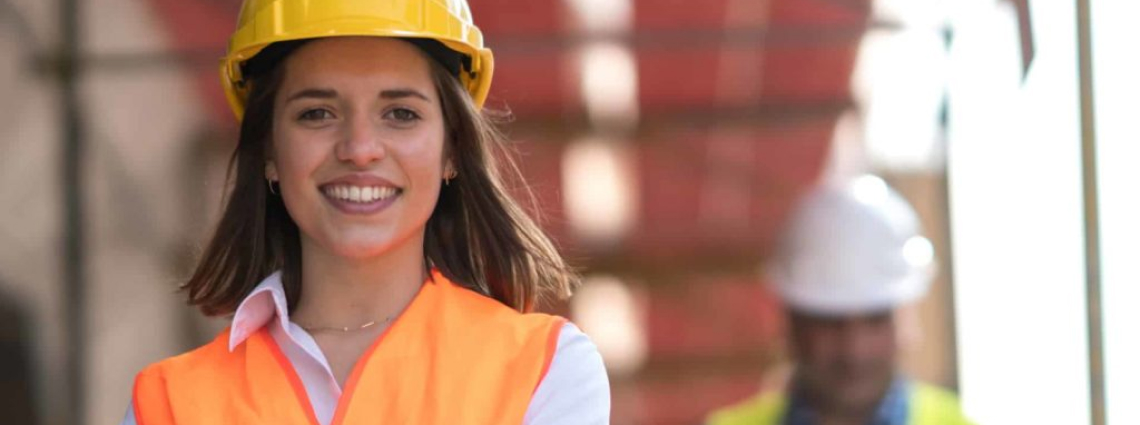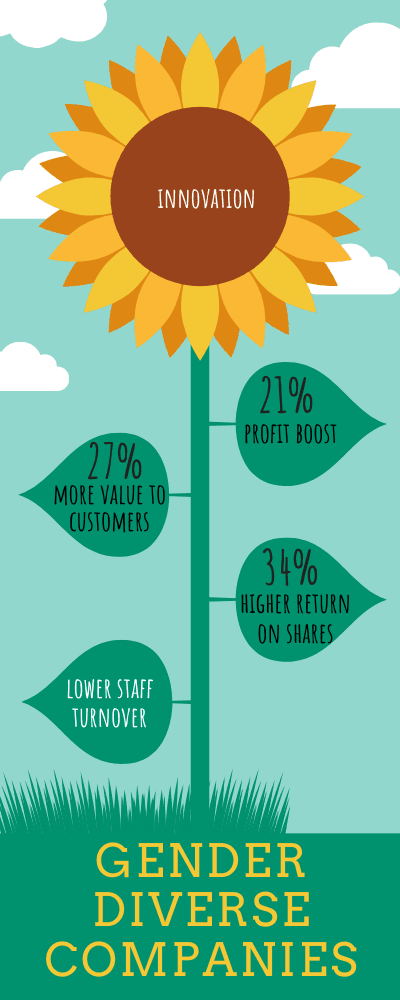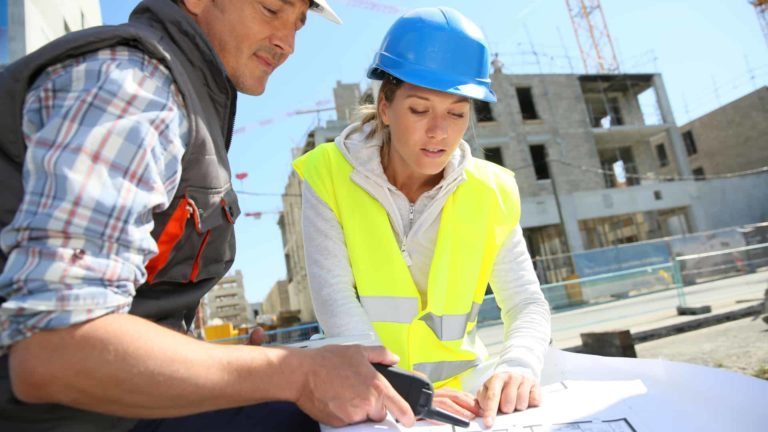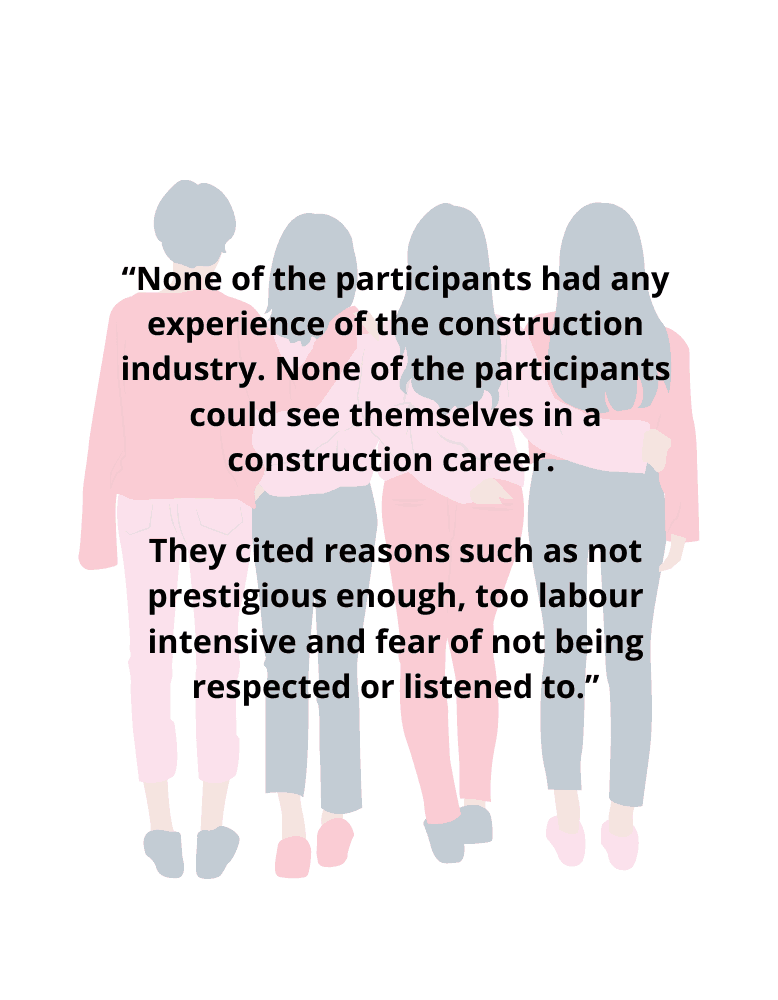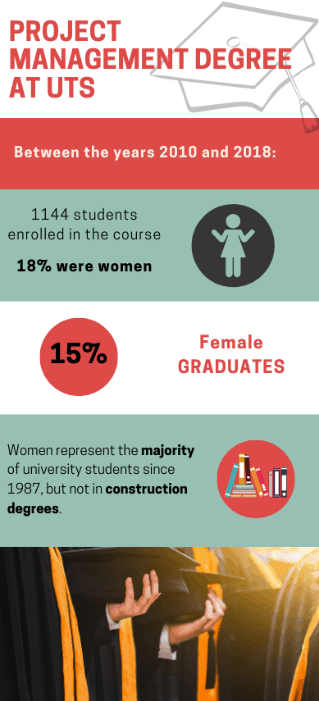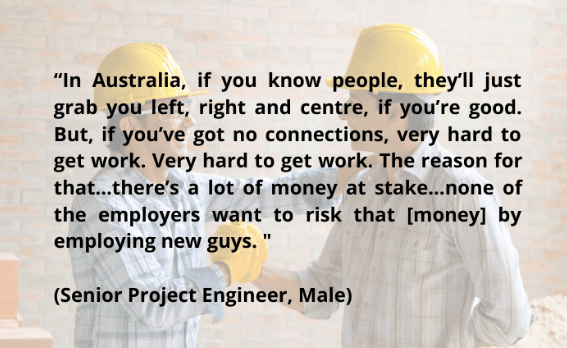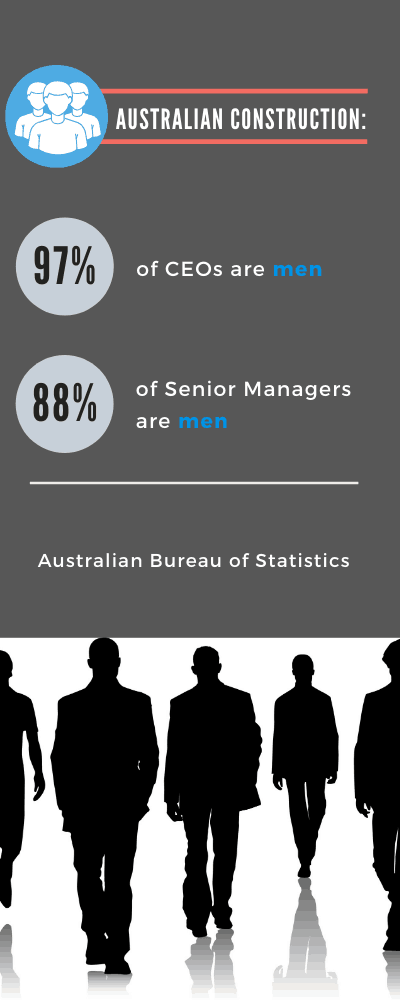Contents
- Women in construction (Australia): what barriers do they face?
- Contents
- How our sector benefits when there are more women in construction
- Higher profits
- An inclusive workplace improves the mental health of workers
- Five barriers for women in construction (Australia)
- Construction for women isn’t promoted in schools:
- Limited support for women studying a trade or construction profession
- Networking often influences hiring decisions
- Fewer career development opportunities for women in building
Women in construction (Australia): what barriers do they face?
Regional media startup Tech


